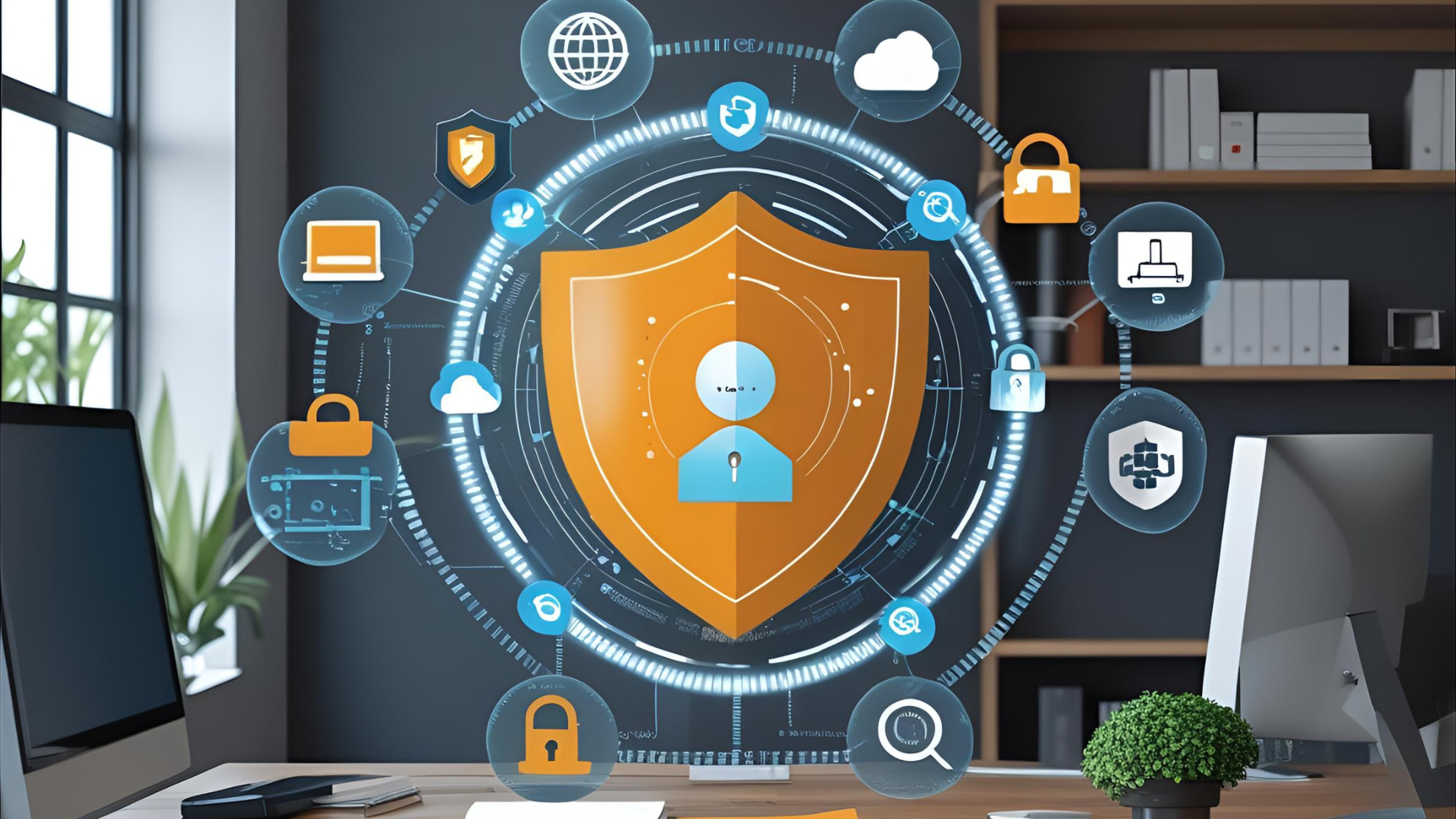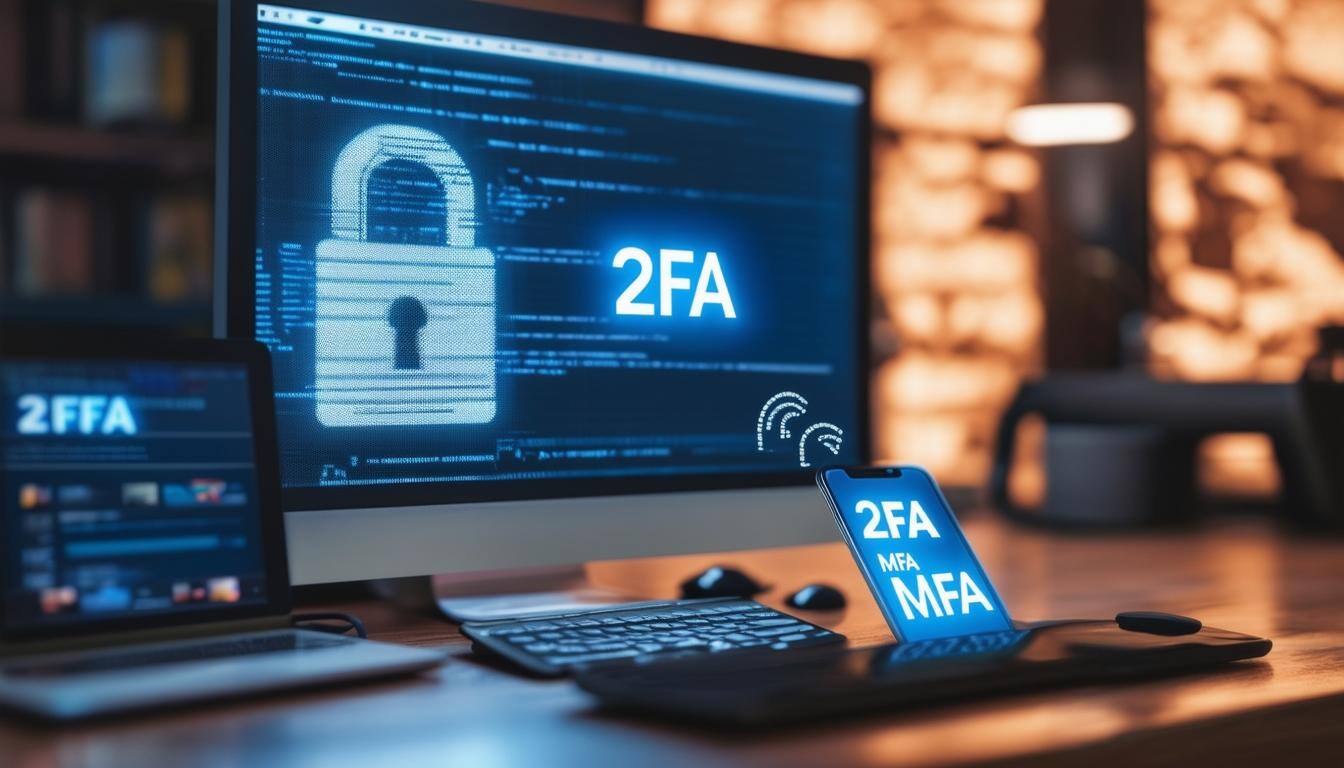Your Shop Floor Is Smart. Is Your Security?
From your automated CNC machines and temperature-controlled storage to smart inventory sensors and badge access systems—manufacturers today are more...
2 min read
![]() Totalcare IT
:
Jul 14, 2025 10:00:00 AM
Totalcare IT
:
Jul 14, 2025 10:00:00 AM
Have you ever paused to consider how much fraud could be quietly draining from your business?
It's easy to assume that fraud is a problem only big corporations need to worry about—the ones with massive budgets, global operations, and entire departments dedicated to cybersecurity.
But that kind of thinking can be a serious mistake.
Fraud is no longer just a big business issue. It’s a growing threat to organizations of every size, and small to mid-sized businesses (SMBs) are increasingly in the crosshairs.
Simply put, SMBs often don’t have the same resources, systems, or formal training that larger companies do. Without multiple layers of protection, they become easier targets.
One of the most common and costly forms of fraud today? Identity fraud—when someone pretends to be a trusted contact to trick you into handing over money, data, or access.
Here’s what that can look like:
A fake email from someone impersonating your finance manager, requesting an urgent payment.
A cybercriminal using stolen login credentials to gain access to internal systems.
A spoofed message that appears to come from a trusted vendor asking for updated banking info.
And unfortunately, these scams are becoming harder to detect.
With today’s AI-powered tools, criminals can generate emails, clone voices, and even create deepfake videos that look and sound frighteningly real. A simple glance might not be enough to catch what’s fake anymore.
Even worse, the most common gateway into your systems is still one of the oldest tricks in the book: stolen usernames and passwords.
It’s a low-tech method, but it works—especially if your team reuses passwords or relies on simple, easy-to-guess credentials.
In fact, 69% of businesses say they’ve seen an increase in fraud attempts in recent years. And those numbers aren’t expected to slow down anytime soon.
The upside? Businesses that take identity protection seriously are seeing real results. Tools like biometric logins, device recognition, and AI-driven fraud detection are dramatically reducing fraud-related losses.
And you don’t need to overhaul everything overnight to start seeing improvements.
Even small upgrades to how your team logs in or how you train staff can make a big difference.
If you’re answering “no” to some of these, don’t worry—you’re not alone. The goal isn’t to make life harder for your team, it’s to make smart, people-friendly security part of your day-to-day operations.
Modern security tools are built to be seamless. The best ones work quietly in the background—authenticating devices, analyzing patterns, and alerting you to anything out of the ordinary—so your business can run smoothly without constant interruptions.
Whether you're running a lean team or scaling fast, it’s worth asking:
Is our current security setup protecting us—or leaving us exposed?
If you're unsure where to start or need a fresh look at your current security practices, we're happy to help. We can assess your current risk exposure and recommend practical tools and training that fit your business and budget.
Let’s make fraud a problem your business doesn’t have to worry about.
Reach out today to schedule a quick consultation

From your automated CNC machines and temperature-controlled storage to smart inventory sensors and badge access systems—manufacturers today are more...

Ensuring your online accounts are protected is more important than ever. One of the most effective ways to secure your accounts is by setting up ...

With cyber threats evolving at an alarming pace, staying ahead of the curve is crucial. It’s a must for safeguarding sensitive information. Data...